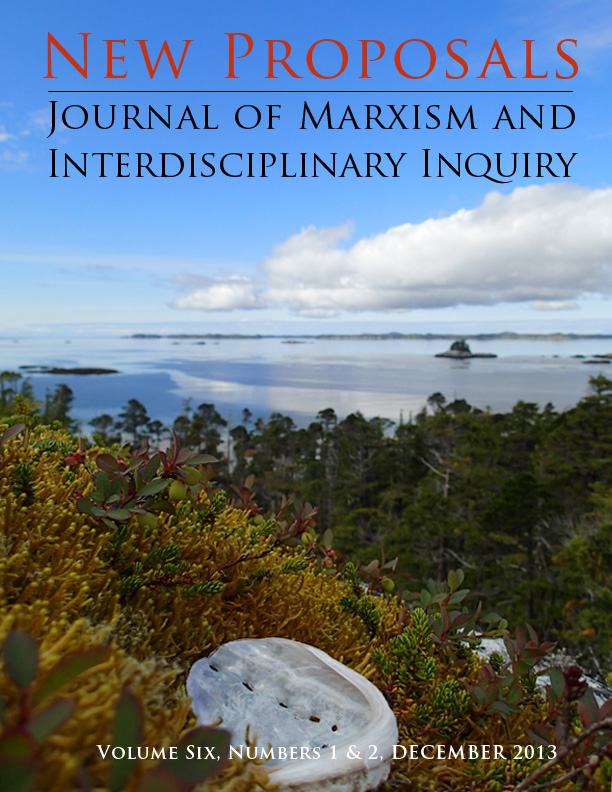Nature on the Move III: (Re)countenancing an Animate Nature
Keywords:
nature, culturenature, animism, commodification, financialisation, vital materialismAbstract
Current market-based approaches to environmental governance for conservation and sustainability tend to disaggregate non-human natures into discrete units to which ‘value’ can attach, and release these new units into markets of circulating commodities so that through market circulation they can accrue more ‘value’. As Bram Büscher and Jim Igoe describe and theorise in Nature on the Move I and II, new techno-configurations of nature permit its agitated financialised circulation in emerging environmental markets, and the gathering of more monetised value through proliferating product exchanges. The new ‘value entities’ with which these circulations are associated require abstractions of nature’s immanent aliveness so as to manufacture and make commensurable tradable products deemed representative of nature health and harm. Through these de- and re-territorialisations of nature, ‘value’ may be created for some but arguably pathology is enhanced for all. These abstractions proliferate a nature that is distant and transcendent, at the same time as tuning out the communiqués of other(ed) sustainability practices and socionature experiences. My contribution in this third panel of our ‘Nature on the Move’ triptych, then, is an experiment in bringing into the frame, conceptually at least, connective and ecological possibilities associated with animist ‘amodern’ ontologies. I develop ethnographic and theoretical explorations of what might be implicated ecologically and politically by a milieu of immanent embodied ecologies, enfolded in an epistemological and ontological project of ‘becoming-animist’. ‘Becoming-animist’ is a normative move for the refraction of our current disconnective and virtualising impasse in both the theory and practice of socio-ecological relationships, and as such is worthy of serious intellectual, political and ethical engagement.Downloads
Published
2013-01-11
Issue
Section
Special Theme Articles

